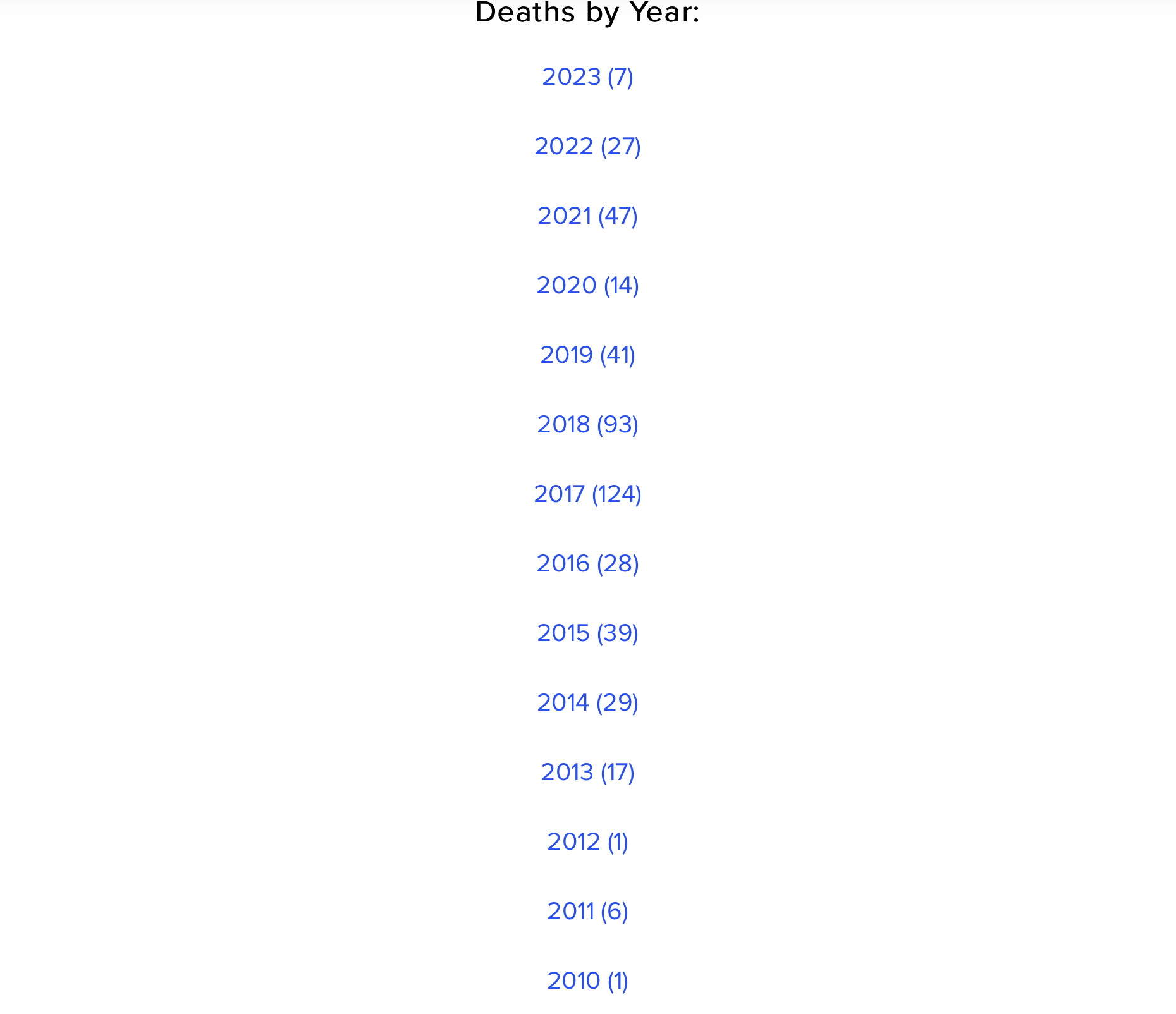Despite the extraordinary new design of the largest cryptocurrency Bitcoin (BTC) and its ambitious vision to fundamentally change and transform the traditional financial system, the number of critics who view its future with skepticism is still relatively high. However, data shows that the number of death announcements made by those in this category peaked in 2017 and has been rapidly decreasing since then.
Only 7 Death Announcements in 2023
99Bitcoins, which has been keeping a list of news, tweets, and statements declaring Bitcoin dead since 2010, detected 7 death announcements for the largest cryptocurrency in 2023. It is remembered that in the first death announcement, when Bitcoin was trading at $0.23, an iconic notification was made stating, “It will either remain a novelty forever or die more quickly than you can blink.”
Since then, a lot of water has flowed under the bridge, and it seems that the voices of those loudly criticizing Bitcoin have started to quiet down. The fact that the largest cryptocurrency was declared dead only 7 times throughout an entire year directly indicates this.
Among those who declared Bitcoin dead this year are significant figures such as Chamath Palihapitiya, one of the first investors in Facebook, and Jamie Dimon, the CEO of JP Morgan. Palihapitiya stated on the All In podcast that “Crypto is dead in America,” while Dimon, during his appearance on CNBC’s Squawk Box, used the phrases “Bitcoin is a dangerous fraud.”
Death Announcements Peaked in 2017
Looking at the data provided by 99Bitcoins, it is seen that Bitcoin was most frequently declared dead in 2017 when its price rose to $20,000. The data reveals that Bitcoin was declared dead 124 times that year. After reaching an all-time high at that time with $20,000, Bitcoin was declared dead 98 times in 2018.

Looking at the period after 2017-2018, when the death announcements for Bitcoin seem to be decreasing, it is striking that Bitcoin was declared dead 41 times in 2019, 14 times in 2020, 47 times in 2021, and 27 times in 2022. The data shows that the death announcements for the largest cryptocurrency definitely peaked in 2017 and have been rapidly decreasing since then.

 Türkçe
Türkçe Español
Español









